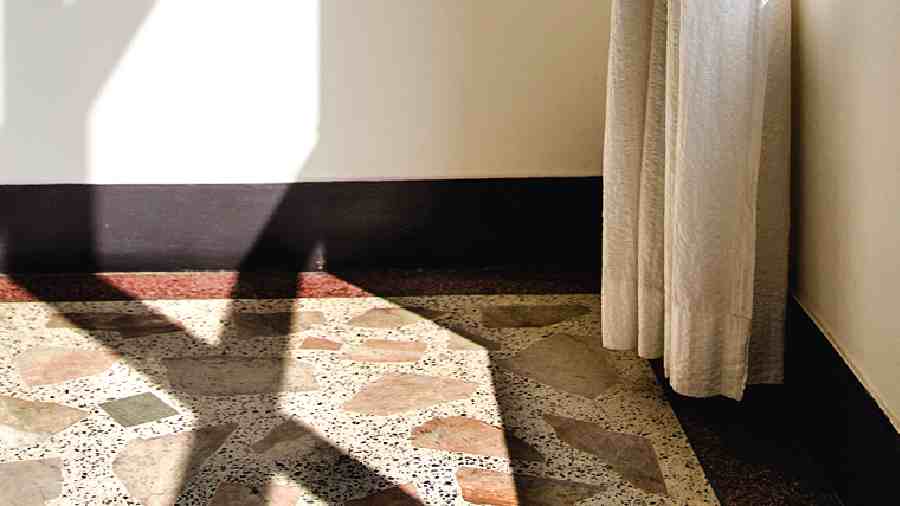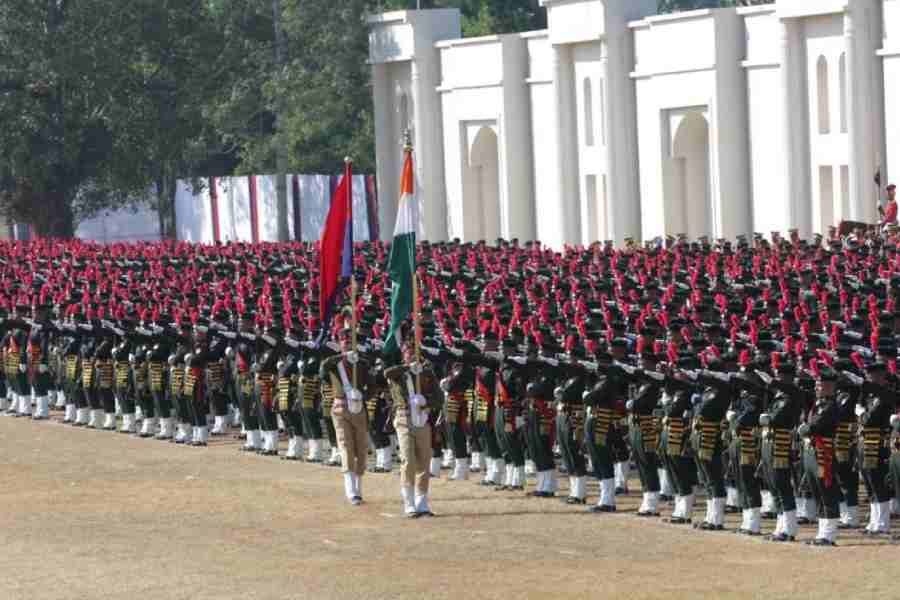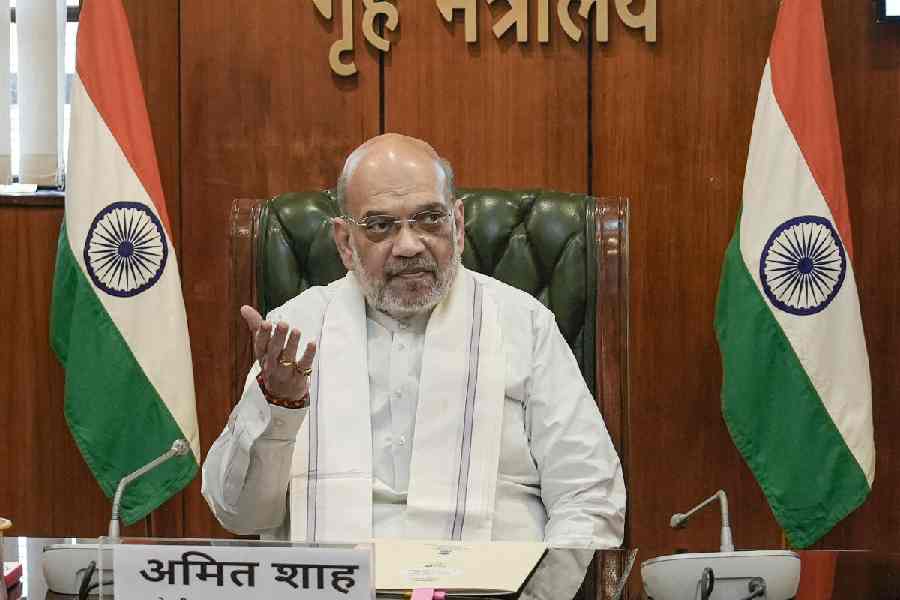Memory trip
Sir — Colours and textures can indeed act as mnemonic devices as Ruchir Joshi pointed out in his article, “Mnemonic tiles” (Feb 7). His piece took me on a trip down memory lane. It reminded me of childhood vacations spent in the cavernous halls and half-darkened rooms of North Calcutta mansions where members of my extended family lived. The windows were like patchwork quilts of different coloured glass, while the terrazzo floor tiles were like rich tapestries of precious gems which shone in the light. With monochromatic tiles and PVC flooring becoming increasingly common in today’s houses, future generations may never see such tiles and will miss out on what can only be described as a kaleidoscopic experience.
Nabarun Mazumder, Calcutta
Tragic tremors
Sir — It is heartbreaking that thousands of people in Turkey and Syria have lost their lives in a devastating earthquake and its aftershocks. The visuals of buildings collapsing like packs of cards bear testament to the intensity of the tremors. It seems that the nightmare is not over yet. Inclement weather in the affected areas has hampered rescue operations. The support extended by the international community, including aid sent by India, deserves appreciation. Perhaps Turkey should look into scientific measures to change the structural design of its buildings as many of its cities are located in quakeprone areas.
D.V.G. Sankararao, Nellimarla, Andhra Pradesh
Sir — An earthquake of 7.8 magnitude, followed by more than 100 aftershocks, caused heavy destruction in Turkey and Syria, wreaking havoc on the lives of people. Some of the greatest devastation has occurred near the quake’s epicentre in Gaziantep, where entire city blocks now lie in ruins. It is encouraging to see that many nations, including India, have sent aid to Turkey, with our prime minister, Narendra Modi, declaring that India “is ready to offer all possible assistance to cope with this tragedy”.
Jayanthi Subramaniam, Mumbai
Sir — The earthquake that has hit Turkey is one of the country’s worst disasters in decades. The size and scale of the seismic activity make this event roughly equivalent to the 1999 earthquake that devastated the country, killing more than 17,000 people. Since Turkey is situated at the intersection of three tectonic plates — the Anatolian, Arabian and African plates — it makes the area prone to earthquakes. Technology that can accurately predict earthquakes could help the government avoid large-scale devastation in the future.
Ranganathan Sivakumar, Chennai
Call for justice
Sir — The former Union minister and veteran Congress politician, P. Chidambaram, should be lauded for appealing to the Supreme Court to ensure justice for pre-trial prisoners (“Prevent daily abuse of law: Plea to SC”, Feb 6). A Delhi court has recently freed 11 students charged with rioting during protest marches against the Citizenship (Amendment) Act in 2019, asserting that the students had been made “scapegoats”. Chidambaram has rightly pointed out that it is the ineptitude of the police and the overzealousness of the prosecutors that had kept the accused incarcerated for three years even before trial. It seems that judicial intervention remains the only recourse for common citizens.
Jahar Lal Saha, Calcutta
Lights off
Sir — The fact that the night sky is brightening by 9.6% every year is a matter of concern (“Light pollution could power solar panels”, Feb 6). Experiments conducted by Kerem Asfuroglu, a dark sky advocate from Dark Source, have shown that the light pollution in London is strong enough to power solar panels at night. This is shocking. This problem must be addressed immediately. Otherwise, places like Nubra Valley in Leh, which is considered to be a stargazer’s dream and is located close to India’s first dark sky reserve at Hanle, will soon become a distant memory.
Sukhendu Bhattacharjee, Hooghly
Idle resource
Sir — It is good news that the West Bengal government will recycle land parcels that have been lying idle for years (“Bengal govt bid to reuse plots idling for years”, Feb 7). If industrialists who had been allotted the plots of land were unable to put them to proper use within the stipulated three years, the state government is justified in reallocating them, especially at a time when many people in rural areas of Bengal are being denied houses even under the Pradhan Mantri Awas Yojana.
Shyamal Thakur, East Burdwan
Deserved honour
Sir — The chief minister of West Bengal, Mamata Banerjee, deserves to be congratulated for the DLitt (honoris causa) which she received from St Xavier’s University just before departing to Tripura to campaign for the upcoming assembly elections (“DLitt delight before trip”, Feb 7). It underscores her fight against communal forces and her efforts to protect constitutional values.
Raju Sharma, Calcutta
Cleaner source
Sir — The Central government’s initiative to implement the use of 20% ethanol-blended petrol in more than 10 states is commendable. It shows that the government’s plan to phase out toxic fuels is on schedule. Mixing ethanol in petrol reduces carbon dioxide emissions and helps tackle air pollution. The government should continue to take positive steps to ensure the usage of biofuels across India.
Kirti Wadhawan, Kanpur











